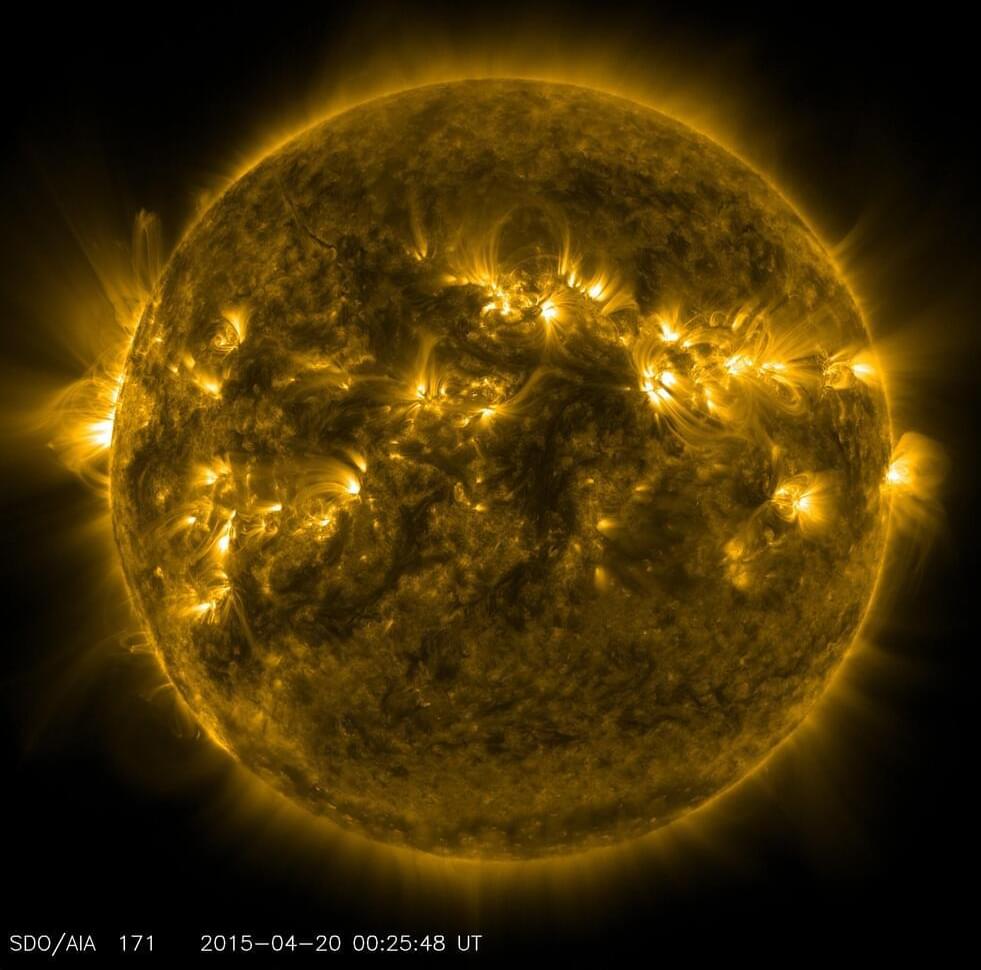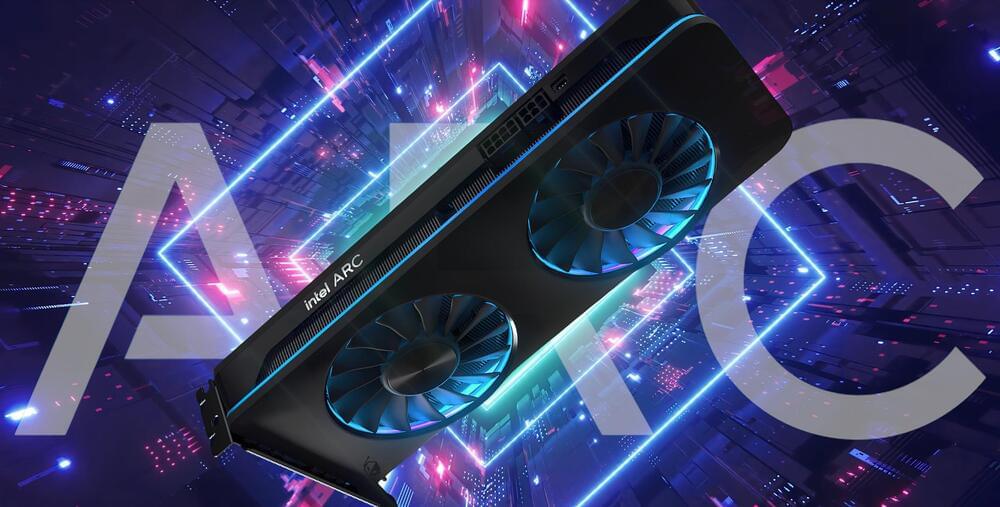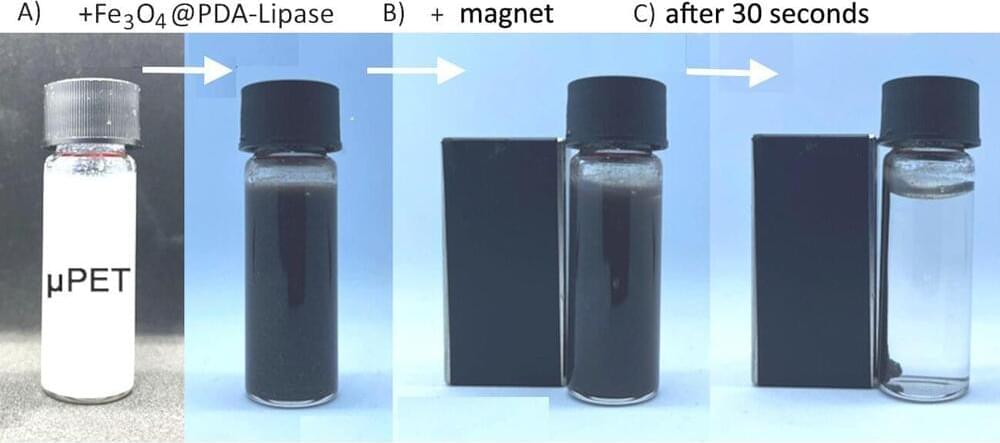This lifeform can cheat time. Could it also help us push the boundaries of biology?



“Solar system formation models using the new solar composition successfully reproduce the compositions of large Kuiper Belt objects (KBOs) and carbonaceous chondrite meteorites, in light of the newly returned Ryugu and Bennu asteroid samples from JAXA’s Hayabusa-2 and NASA’s OSIRIS-REx missions.”
To make this discovery, the team combined new measurements of solar neutrinos and data about the solar wind composition from NASA’s Genesis mission, together with the abundance of water found in primitive meteorites that originated in the outer solar system. They also used the densities of large KBOs such as Pluto and its moon Charon, as determined by NASA’s New Horizons mission.
“This work provides testable predictions for future helioseismology, solar neutrino and cosmochemical measurements, including future comet sample return missions,” Truong said.

Intel is planning to launch its next-gen Arc Battlemage desktop GPUs next month, competing in the mid-range segment against Intel & AMD.
Intel Expected To Reveal Decisive Information Around Arc Battlemage “Desktop” GPUs Next Month, Setting The Tone For Next-Gen GPU Markets
Although Intel’s first-gen Arc Desktop GPUs saw little success in the gaming segment, the next-gen is now planned for an unveiling next month.


A research team from the University of Basel has succeeded in synthesizing simple, environmentally sensitive cells complete with artificial organelles. For the first time, the researchers have also been able to emulate natural cell-cell communication using these protocells—based on the model of photoreceptors in the eye. This opens up new possibilities for basic research and applications in medicine.



For example, enhancers (DNA segments that promote gene expression) and gene promoters (regions that initiate transcription) can interact more readily in open, accessible regions of chromatin.
On the other hand, DNA in tightly packed chromatin regions remains less active. Through analyzing these contact points, researchers have developed models to map chromatin configurations across various species, such as humans, mice, birds, and more recently, turtles.
In a recent paper published in the journal Genome Research, Valenzuela’s team described the chromatin arrangement in the genomes of two turtle species, the spiny softshell and northern giant musk turtles, uncovering a structure previously unobserved in other organisms.

Researchers found that neural crest stem cells are uniquely capable of reprogramming, challenging current reprogramming theories and opening possibilities for stem cell-based treatments.
A research team from the University of Toronto has identified that neural crest stem cells, a group of cells found in the skin and other parts of the body, are the origin of reprogrammed neurons previously found by other scientists.
Their findings refute the popular theory in cellular reprogramming that any developed cell can be induced to switch its identity to a completely unrelated cell type through the infusion of transcription factors. The team proposes an alternative theory: there is one rare stem cell type that is unique in its ability to be reprogrammed into different types of cells.

Carbon is a gregarious little atom, bending over backwards to link with a wide variety of elements in what is collectively referred to as organic chemistry. Life itself wouldn’t be possible without carbon’s knack for making connections.
Yet even this friendly fellow has its limits. Take Bredt’s rule for instance, which says stable two-laned connections known as covalent double bonds won’t form adjacent to any V-shaped bridges that happen to form across ‘bicyclic’ molecules.
Now a team of chemists from the University of California, Los Angeles has uncovered a solution that violates Bredt’s century-old rule. This encourages future drug research to explore the use of molecules that we thought could not exist.